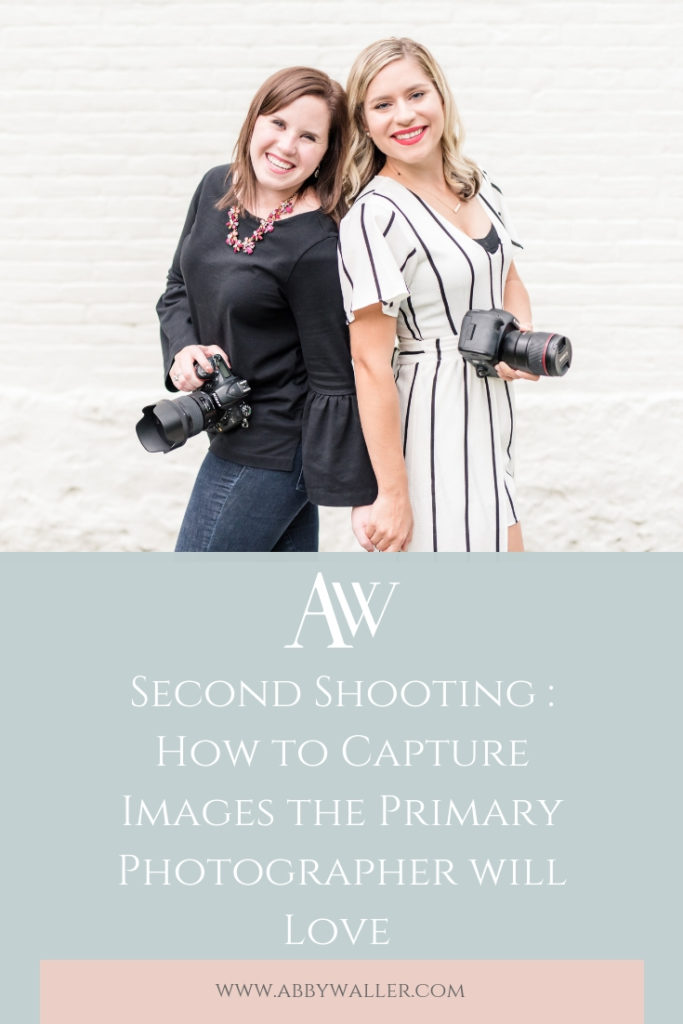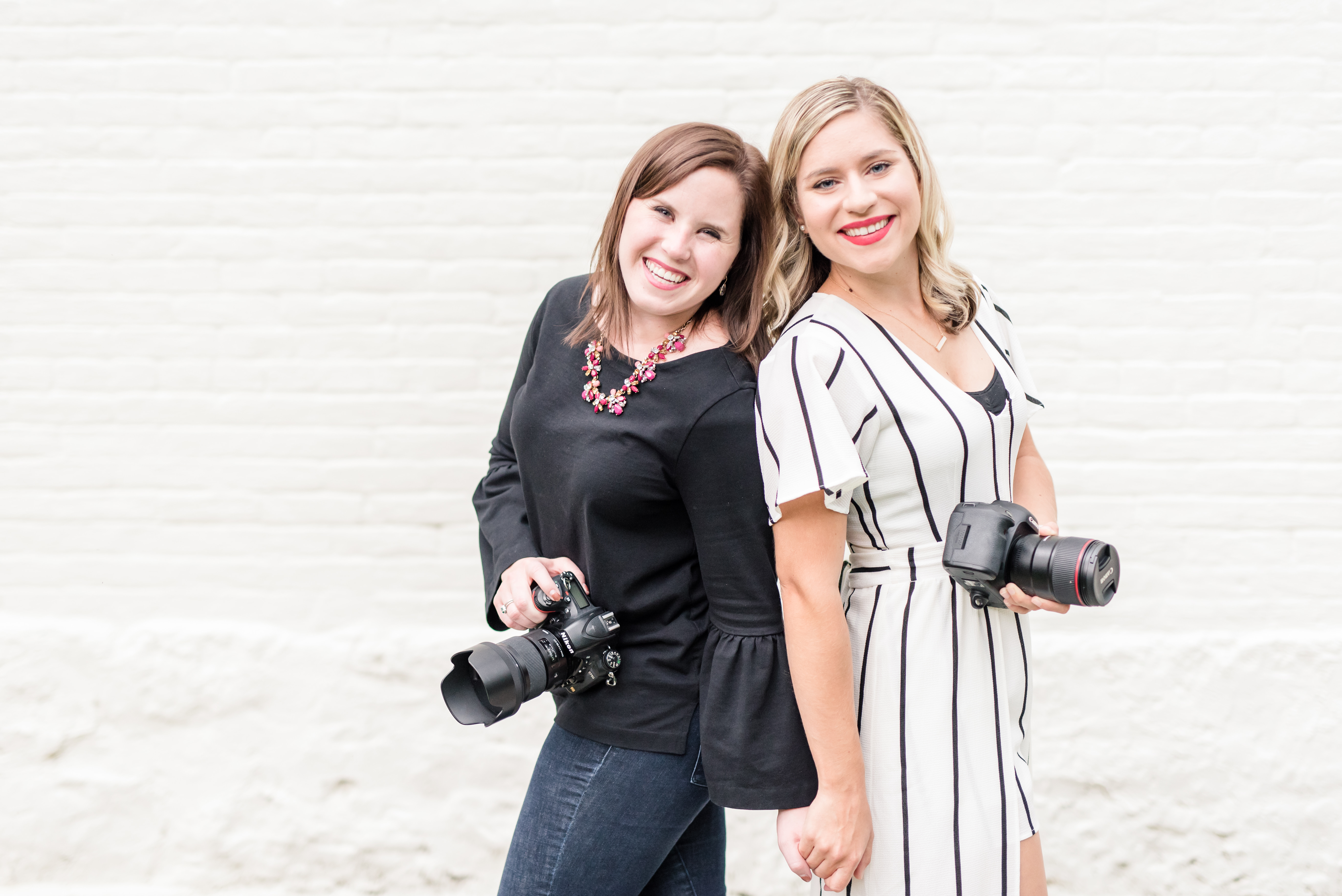Today’s blog post is a guest blog by Kelsie and Michelle!

Together, Kelsie & Michelle created the Refined Second Shooter Workshop, where they teach aspiring wedding photographers how to refine their shooting skills, become a sought-after second shooter and learn how to love and serve couples well.
Second shooting is such an incredible opportunity to gain experience in the wedding industry without the stress of taking on your own brides. Not only do you get to love and serve a sweet couple on their best day ever, but you will also get to capture images for your portfolio. As a second shooter, there’s a tricky balance between serving the primary photographer well & still capturing images for your portfolio, but it’s totally possible to do both! At the end of the day, your images need to complement the primary photographer’s gallery; ideally, no one will be able to tell who took which photo! Here are a few tips for capturing portfolio-worthy shots that the primary photographer will LOVE!
Consistent Aperture: Usually, a large part of the primary photographer’s style will be dependent on the aperture that they choose in-camera. Be sure to communicate with the primary photographer about whether or not they prefer low aperture portraits (1.8-2.2, with a creamy bokeh-filled background), or if they tend to shoot closer to 3.2-5.6 (with more of the background in focus). If your images don’t match their shooting style from an aperture perspective, they will most likely not be used in the final gallery.
Lens Focal Length: The best way to add variety to a wedding gallery is by varying up the focal lengths that you’re using. For example, if the primary photographer tends to stick with a 50mm prime lens, then we recommend using a longer lens such as the 85mm or 70-200mm lens that will allow you to capture more intimate details without getting in the way of the primary photographer. Of course, always communicate with the primary photographer and ask what lens they are using, so you can choose a longer or shorter lens based on what they prefer.
Angle: Finally, angles change everything! Never stand directly behind the primary photographer unless specifically instructed to do so. While it may be tempting to assume that the primary photographer’s angle is the best one, there are always more (and sometimes DREAMY) options. Don’t be afraid to move around! Your options are limitless, except make sure you don’t accidentally wander into the primary photographer’s shot! The best part about second shooting is finding another flattering angle that tells the story from a new perspective.
By choosing your lens and aperture intentionally, and by exploring new angles, you’ll be able to capture GORGEOUS images that will be used in the client’s final gallery, and also your portfolio!
Kelsie is a wedding photographer based in Columbus, Ohio who loves serving joyful brides on their best day ever. She is a photographer, blogger, educator and an encourager.
Michelle is a photographer, educator, and blogger based in Columbus, Ohio. She loves traveling, iced coffee, and serving joyful, romantic couples on the best day of their lives.
Kelsie:
IG: @kelsielynn_photography
Website: www.kelsielynnphotography.org
Michelle:
IG: @michellejoyphoto
Website: www.michellejoyphoto.com
Did you enjoy this post? Check out these as well!
Four Quick Tips for Consistent Editing
How to Find Second Shooting Gigs
